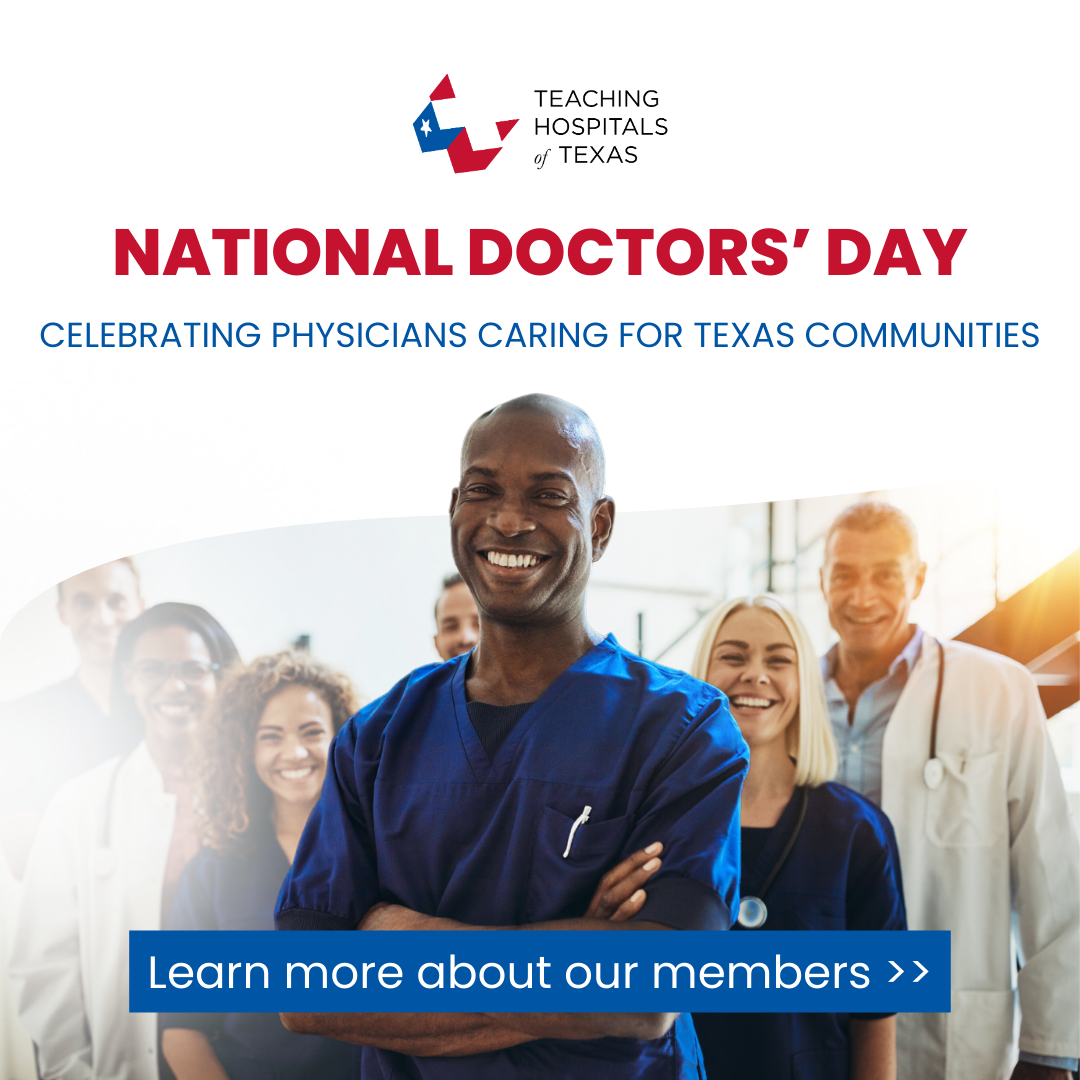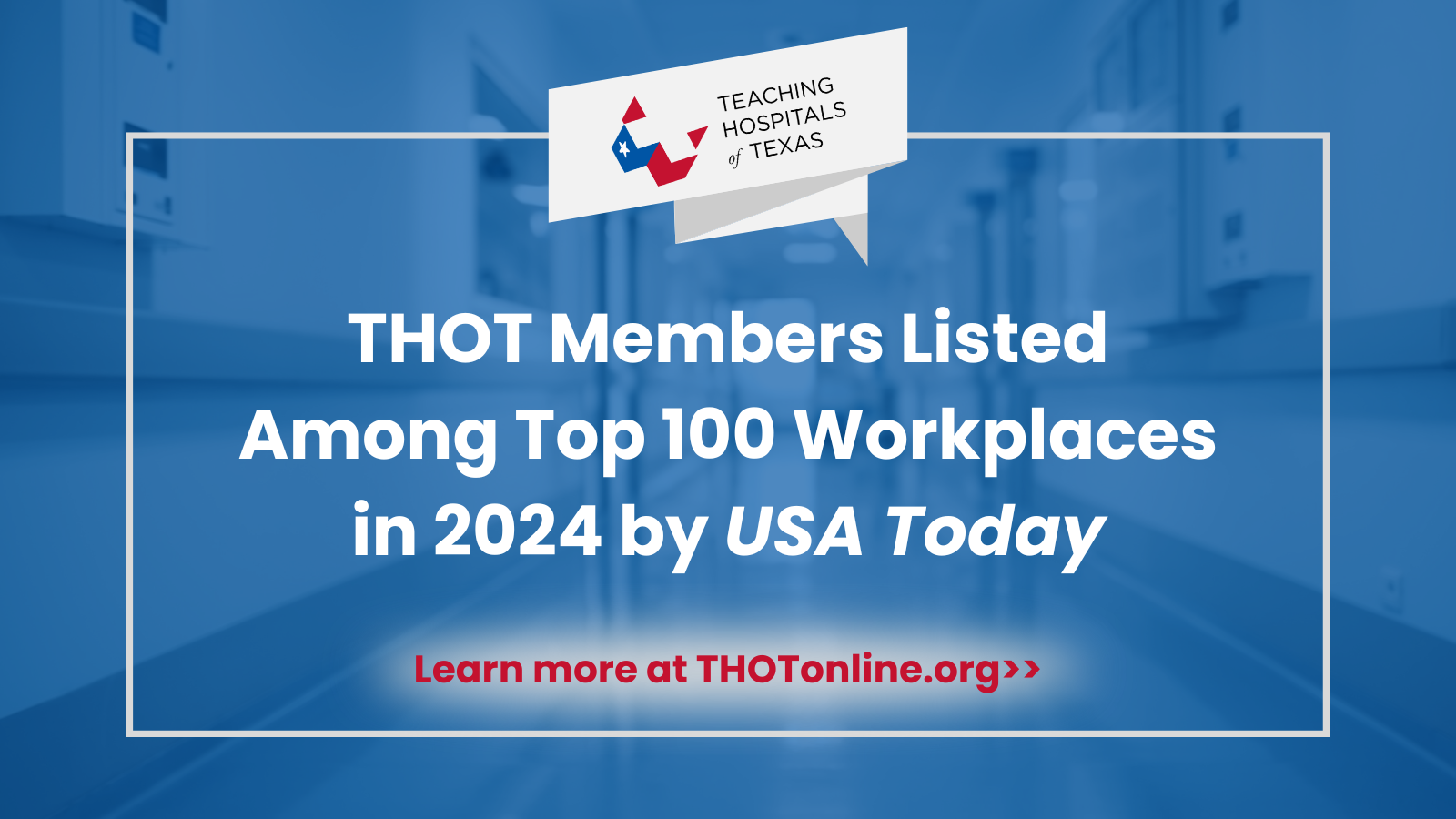Testifying before the Texas Senate Committee on Health and Human Services on August 23, Maureen Milligan, THOT’s president and CEO, asked lawmakers to fund clinical site training support and retention strategies for nurses.
While the Texas Legislature recognizes the importance of and appropriates funding for clinical training for physicians through Graduate Medical Education (GME) residencies, less recognized and largely unfunded are clinical residencies and clinical training for other health care professionals, including nurses.
“Lack of clinical training sites and insufficient clinical capacity is documented as a — if not THE — primary obstacle to increasing the number of Texas nursing students in the pipeline,” testified Milligan.
Hospitals are the primary sites for the bulk of nurse students’ clinical training where didactic classroom and “book” learning are translated into hands-on clinical skills needed to care for patients in hospitals, clinics, nursing facilities, and physician practices. Hospitals financially support clinical training for students based on arrangements and affiliations with educational institutions, and as hospitals’ own workforce and budgets allow. Nursing residency and clinical training, unlike GME for physician residencies, have limited or no ongoing, dedicated federal or state funding to clinical sites for clinical education and clinical residency or readiness for direct patient care.
The second element needed to secure Texas’ nurse workforce is retention of nurses already employed. Workload, burnout, and a more transient younger nurse workforce are the primary drivers of retention challenges. Investing in retention programs and strategies is needed.
The Senate Committee on Health and Human Services is charged in the interim with studying the impact of the global pandemic on the health care workforce in acute and long-term care; identifying health care staffing challenges and examining how staffing services and payment models changed the economics of the health care workforce; and identifying and recommending ways to increase the health care workforce pipeline.




